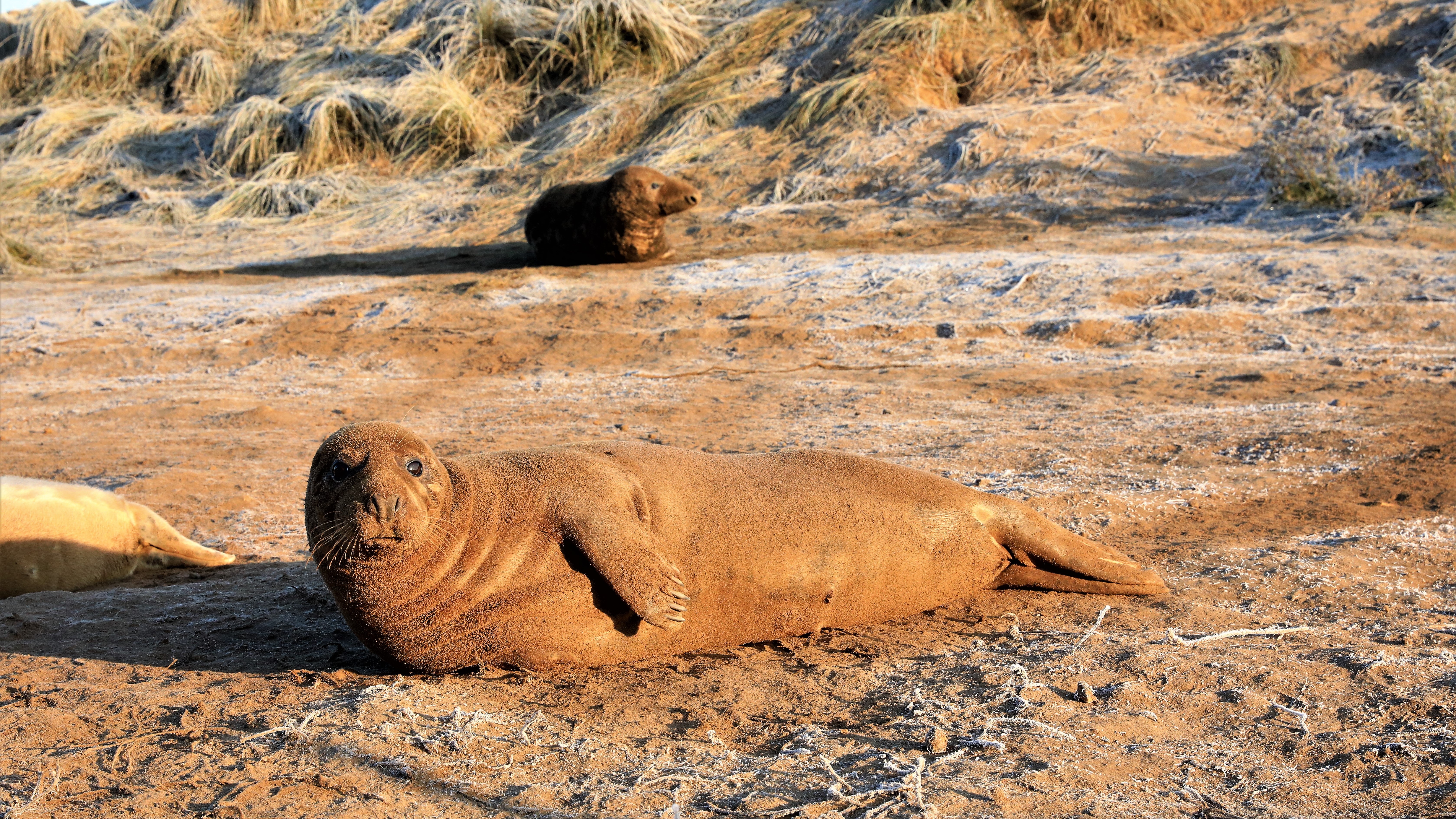Home is where the busy MOD fast jet bombing lane is for 2,000 seals
A seal colony on the beaches of North Lincolnshire is a problem that requires constant attention.
Britain's third largest seal colony is no normal nature reserve.
The seals, 2,000 of them, are living in the danger zone of a busy Ministry of Defence (MOD) bombing lane – the exercising space for UK and US fast jets.
A range safety team is responsible for keeping the area safe and it is not just wildlife and enthusiasts they are on the lookout for.
Alongside weapons debris from range firing, the site throws up legacy munitions from as long ago as the 1930s – and that frequently requires an expert response from military EOD (Explosive Ordnance Disposal) teams.
But it is the seals that offer the most complexities and, to tackle that, a cross-organisational approach involving the MOD and wildlife experts is required.

Ruth Taylor from Lincolnshire Wildlife Trust told Forces News: "They're Atlantic grey seals, more commonly known as grey seals. They are one of two species of seal living around the British coast.
"We have grey seals and we have the common or harbour seal. And they are here to breed, this is their rookery which is what the grey seals' area for breeding is called."

Some might think a firing range is not the most obvious place for wild animals to thrive, but the Lincolnshire Wildlife Trust disagrees – the conditions are, in fact, ideal.
"A lot of the work that's done here is adjusted in order to accommodate the seals when they're here and they're pupping because they're all over the range so you can't really avoid them," Lincolnshire Wildlife Trust's Ruth Taylor says.
She added: "But the active use of weaponry is modified after 1 November when we are getting into the peak number of pups so there is very little disturbance to the seals."








